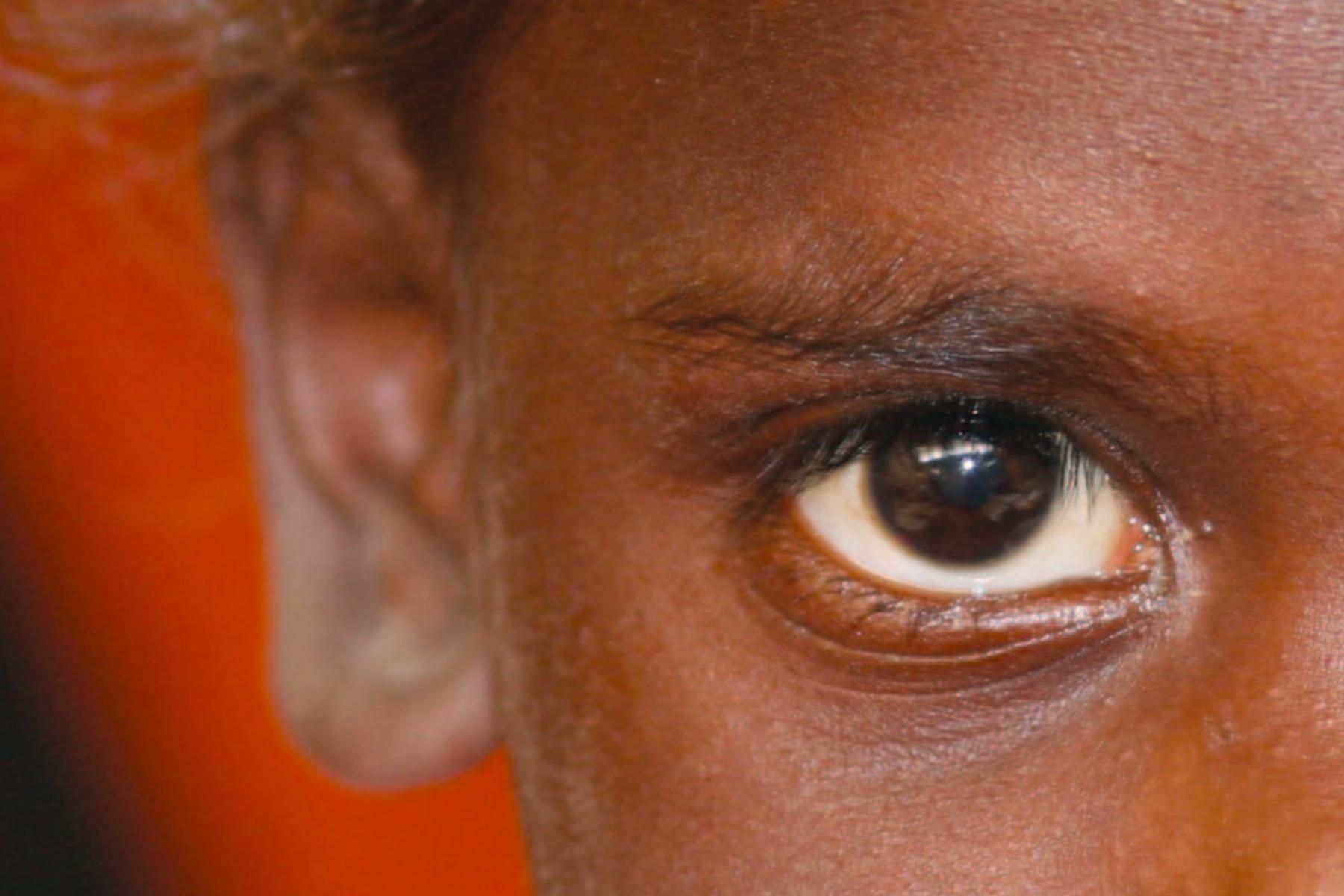
Australia continues to close the gap for vision for Aboriginal and Torres Strait Islander Australians, but not fast enough, according to a report being launched today.
The annual update on the implementation of the Roadmap to Close the Gap for Vision reveals that although more than half (57 per cent) of the recommendations have been fully implemented, and 116 of 138 intermediary steps taken, Australia has missed its 2020 target.
Coordination of regional eye services now occurs in 59 (92 per cent) of the 64 regions across Australia. These include more than 95 per cent of the Indigenous population.
The report also shows:
- Eye examination rates continue to grow, although these still do not meet the population need and further growth is required in both community controlled and other services
- Trachoma rates in children in outback areas have dropped from more than 20 per cent to less than five, but hotspots have increased from 19 in last year's report (2018 data) to 24 (originally 54). Trachoma is a blinding eye condition caused by infection with the bacterium Chlamydia trachomatis
- Rates of 715 Annual Health Checks, which include an eye check component and a trachoma check in designated areas, continue to grow as well, but rates are still not at population needs levels
- Cataract surgery rates for Aboriginal and Torres Strait Islander Australians vary across Australia, with urban regions recording consistently lower rates of population-based needs met compared with regional and remote areas.
University of Melbourne public health leader and ophthalmologist, Professor Hugh Taylor said 2020 has presented additional challenges with COVID-19 leading to reduced access to eye screening, examination and surgery, all resulting in greater backlogs and patient waitlists.
On the plus side, COVID-19 has led to a shift in the provision of soap, washing facilities and additional cleaning in schools and communities – all important in controlling infection and maintaining eye health.
"Australia is the only developed country with the eye disease trachoma, and housing and environmental health are key to eliminating it," Professor Taylor said. "Access to soap and washing facilities at home and in school is key, along with ongoing commitment to maintenance and repair of these facilities from the government.
"The Aboriginal and Torres Strait Islander community led approach to COVID-19 has helped keep communities safe this year. This community controlled and led model must be continued and reinforced when it comes to housing if we are to eliminate trachoma."
The report also found Aboriginal Community Controlled Health sector continues to increase the proportion of community members accessing health assessments each year.
"This is critical to identify those needing eye examinations through strengthened eye health capacity in primary care," Professor Taylor said.
"The inclusion of an eye check in these exams then requires safe pathways, and ready access, to specialist eye care at no-cost to patients. Models of care, workforce support, training and investment in capacity building are also key."
Professor Taylor said he welcomed the Australian Government's commitment to 'ending avoidable blindness in Indigenous communities by 2025' through Australia's Long Term National Health Plan.
"We hope to see further commitment to support activities that will help contribute towards the goals of Close the Gap for Vision and ending avoidable blindness by 2025, including those activities detailed in the sector's strategic plan, Strong Eyes, Strong Communities (2019-2024)," Professor Taylor said.
The 2020 annual update on the implementation of the Roadmap to Close the Gap for Vision is being launched online at 2.30pm today.






